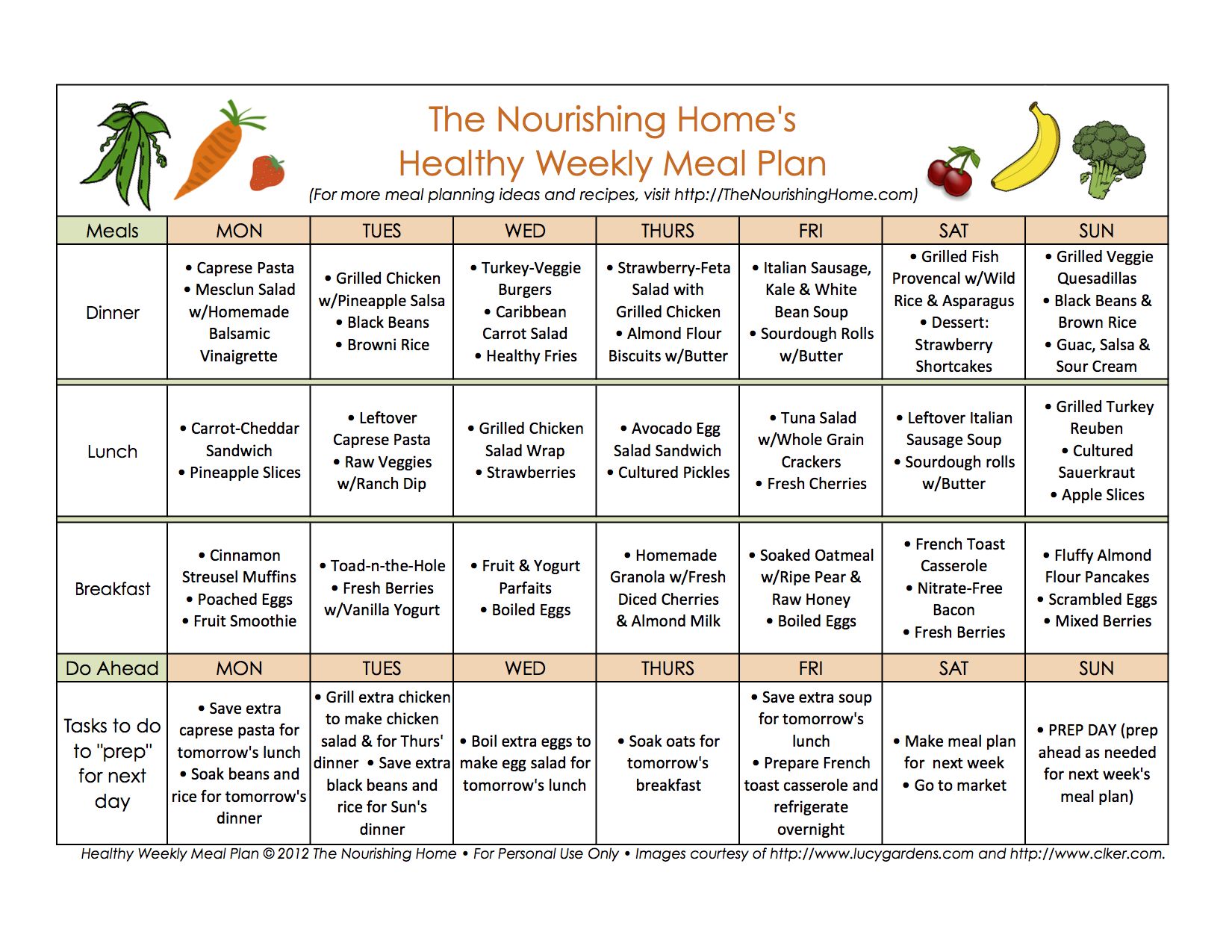
Meal planning is an essential tool for maintaining a healthy and balanced diet. By strategically mapping out your meals for a week, you can ensure that you are meeting your nutritional needs while also saving time and money. This article will outline the steps to create a meal plan that promotes nutritious eating.
Assess Your Nutritional Needs
Before diving into meal planning, it’s important to understand your individual nutritional needs. Factors such as age, gender, activity level, and any specific dietary restrictions should be considered. Consulting with a healthcare professional or registered dietitian can provide valuable guidance in this area.
Set Your Weekly Goals
Once you have determined your nutritional needs, set specific goals for the week. These goals might include increasing your vegetable intake, reducing your added sugar consumption, or incorporating more plant-based proteins into your meals. The goals should be realistic and tailored to your personal preferences and dietary requirements.
Plan Your Meals
Start by looking at your weekly schedule. Consider any events or commitments that may impact your meal choices. Begin by planning dinners for the week since they often require the most preparation. Choose a variety of proteins, such as lean meats, fish, or plant-based options. Balance the protein with whole grains, such as quinoa or brown rice, and a generous serving of vegetables. Repeat this process for your lunches, taking into account the possibility of leftovers from dinner. Finally, plan your breakfasts, ensuring they are balanced and provide you with sustained energy throughout the day.
Create a Shopping List
Once you have your meals planned out, create a comprehensive shopping list. Take stock of your pantry and fridge to avoid purchasing items you already have. Organize the list by sections of the grocery store to make shopping more efficient. Be sure to include plenty of fresh fruits and vegetables, as well as healthy snacks to keep you satisfied between meals.
Preparation and Batch Cooking
To make your meal planning even more effortless, consider doing some preparation and batch cooking. On a designated day, chop vegetables, cook grains, and pre-portion meats. This way, when it comes time to prepare your meals, most of the work is already done. Store prepped ingredients in airtight containers in the refrigerator to maintain freshness throughout the week.
Flexibility and Variety
While meal planning is a great way to stay on track with your nutrition, don’t be afraid to deviate from the plan occasionally. Flexibility is key to long-term success. If unexpected events arise or you simply feel like trying something new, allow yourself the freedom to do so. Maintaining a variety of foods in your meal plan will keep you excited about nutritious eating.
Monitor and Adjust
As you progress with meal planning, it’s important to monitor how your body responds to the meals you’ve planned. Notice how you feel after eating certain foods and make adjustments accordingly. If you find that you are constantly feeling hungry or lacking energy, reassess the balance of macronutrients in your meals. Your meal plan should be tailored to your body’s needs and preferences.
Conclusion
Meal planning is a powerful tool for incorporating nutritious eating into your daily life. By assessing your nutritional needs, setting goals, planning your meals, and monitoring your progress, you can create a week of delicious and balanced meals. Remember to stay flexible, experiment with new recipes, and listen to your body’s cues. With time, meal planning will become second nature, leading to improved health and well-being.

